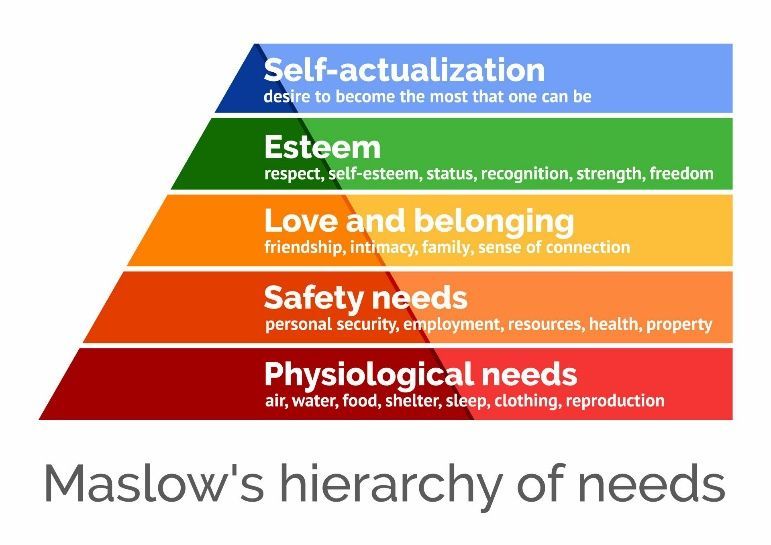The Hidden Cost of Caring: Understanding and Addressing Emotional Labor
By Dr. Nikie Walker, Ed.D. | HR Consultant & Leadership Strategist | 20/20 Walker Consulting
As a professor of business and a human resources consultant, I’ve seen firsthand how emotional labor quietly shapes our workplaces. But my personal introduction to this invisible workload came years ago, when I was managing my family’s optometry practice. Sure, I was handling the day-to-day operations—scheduling, billing, customer service—but there was a whole second layer of effort happening behind the scenes: making sure patients felt cared for, employees felt supported, and tensions were diffused with a calm, reassuring tone. That, my friends, is emotional labor.
The term was first coined by sociologist Arlie Hochschild in her 1983 book The Managed Heart. She defined emotional labor as managing your emotions to meet the emotional demands of your job—especially when the emotions you feel don’t match the emotions you’re expected to show. In other words, it’s not just the job you’re doing—it’s how you have to feel while doing it.
You’ve likely performed emotional labor without even realizing it. Smiling at a rude customer. Staying calm when you’re frustrated. Comforting a stressed-out coworker when you barely have enough energy for yourself. These emotional efforts are especially common in caregiving roles, customer service, healthcare, education, and yes—human resources.
According to Simply Psychology, unmanaged emotional labor can take a toll on mental health, leading to burnout, anxiety, and emotional exhaustion. Over time, it creates an internal tug-of-war: your outer behavior says “everything’s fine,” while your inner world is waving a red flag. And the kicker? Most people don’t get acknowledged—or compensated—for it.
A powerful piece from the Greater Good Science Center dives deeper into why emotional labor matters. It explains how this kind of work disproportionately affects women and people of color, who often feel added pressure to remain composed, agreeable, or “non-threatening” in the workplace. That’s an extra emotional burden stacked on top of their actual job duties. It’s no surprise that emotional labor often becomes unsustainable—especially when it’s expected but invisible.
Let me give you a real-world example. During my time running our optometry practice, there were days when I’d go from comforting a grieving patient who just lost a loved one to calming down a frustrated staff member in the breakroom. That emotional switch-flipping was exhausting—and yet, it was never mentioned in any job description or performance evaluation. It just came with the territory.
So how do we fix this? How do we bring emotional labor out of the shadows and into the conversation?
Here are five practical strategies organizations can use to recognize and mitigate emotional labor:
1. Acknowledge It Out Loud
Start by naming it. When managers and leaders validate emotional labor, employees feel seen. Something as simple as saying, “I know that was a tough conversation—thank you for handling it with empathy,” can go a long way in reducing feelings of invisibility.
2. Offer Emotional Intelligence Training
We train people on software and systems—why not emotions? Emotional intelligence (EQ) training helps employees recognize their own emotional triggers and respond more skillfully to others. It also teaches managers how to support team members who may be experiencing emotional fatigue.
3. Encourage Safe, Open Conversations
Create space for people to talk about how they’re feeling, without fear of being labeled as “dramatic” or “too sensitive.” Psychological safety in the workplace allows employees to share their emotional experiences, vent when needed, and ask for support before burnout sets in.
4. Invest in Mental Health Resources
This isn’t just about offering an EAP number and calling it a day. Make sure employees know what resources are available—whether it’s therapy stipends, access to a mental health app, or simply time off to recharge. Emotional labor takes energy. Employees need time and tools to recover.
5. Design Work with Balance in Mind
Flexible work hours, clear boundaries around availability, and support for time off are crucial. Encourage breaks. Don’t glorify overwork. Emotional labor doesn’t stop at 5 p.m.—especially for caregivers or parents—so companies should help employees find ways to recharge both at work and at home.
Let’s be honest—emotional labor isn’t going anywhere. It’s woven into how humans interact, especially in fields where connection, compassion, and communication are part of the job. But when we treat emotional labor as real work (because it is), we move toward more equitable, supportive workplaces.
In closing, emotional labor is often the glue that holds teams, customer relationships, and even entire workplaces together. But that glue can crack under pressure if no one acknowledges the weight it carries. If we want healthier, more sustainable organizations, we need to recognize, reward, and redistribute emotional labor.
Because when we take care of the people who are always taking care of everyone else? Everybody wins.
References:
- Hochschild, A. R. (1983). The Managed Heart: Commercialization of Human Feeling. University of California Press.
- Reese, H. (2023). What Is Emotional Labor and Why Does It Matter? Greater Good Science Center.
- Simply Psychology. (n.d.). Emotional Labor. Retrieved from simplypsychology.org
Would you like this formatted as a PDF or blog post?


